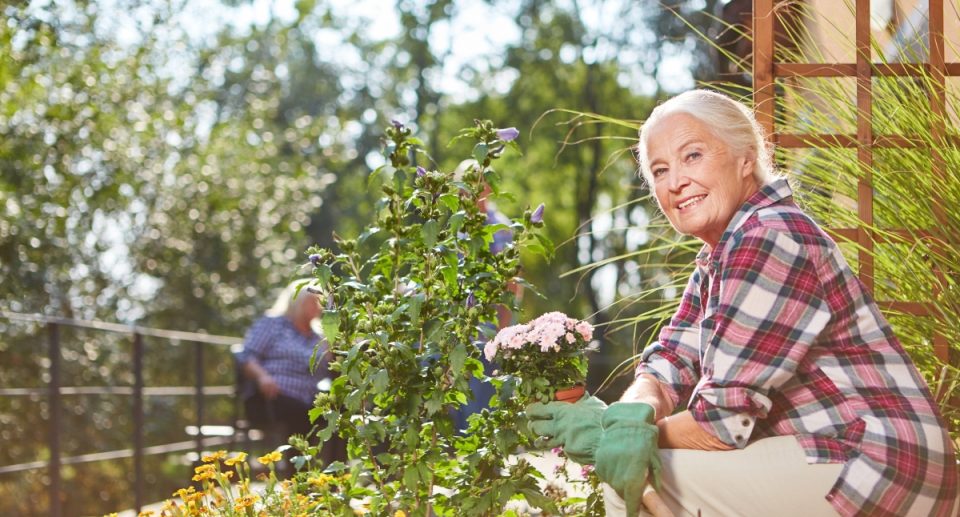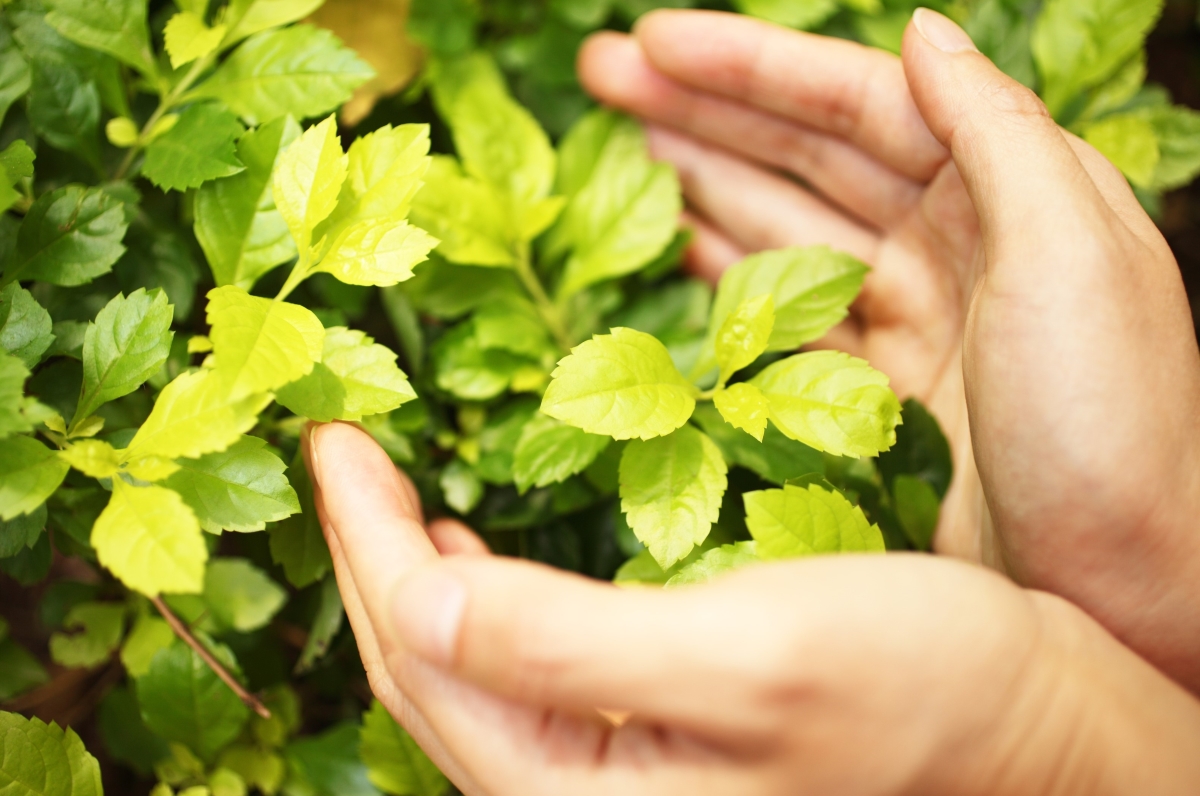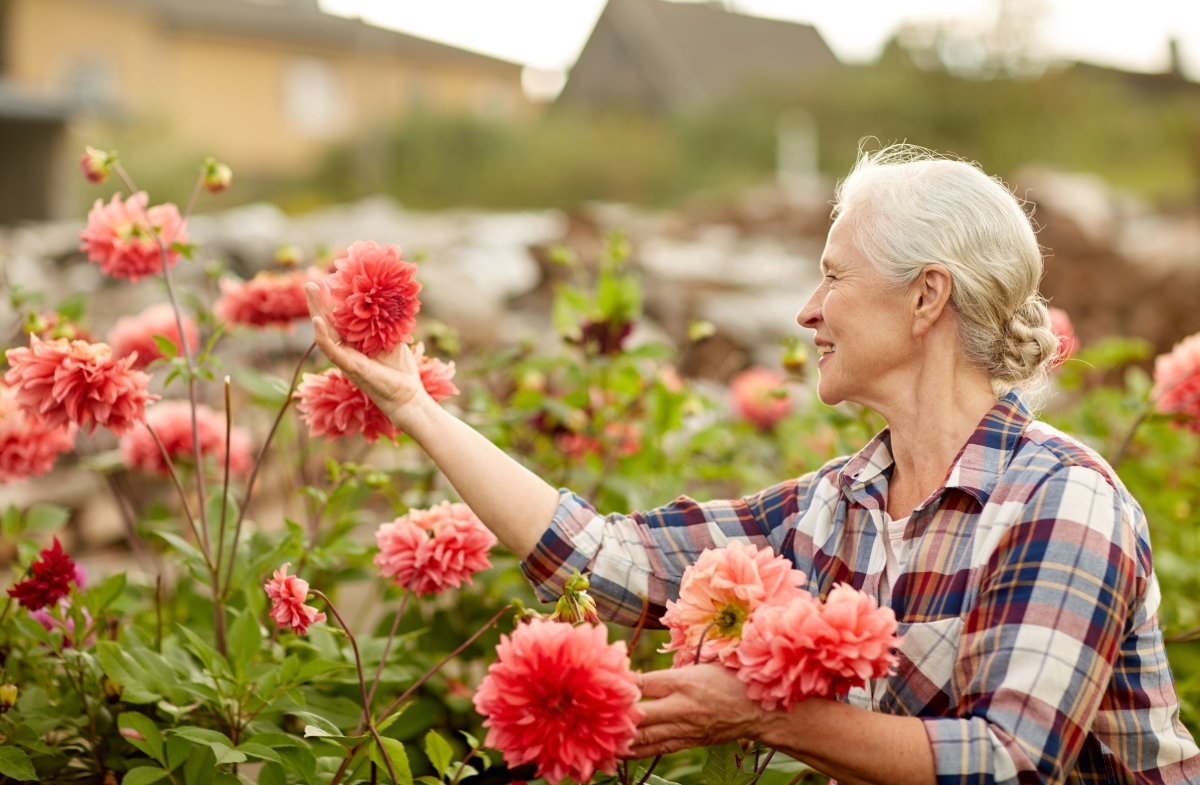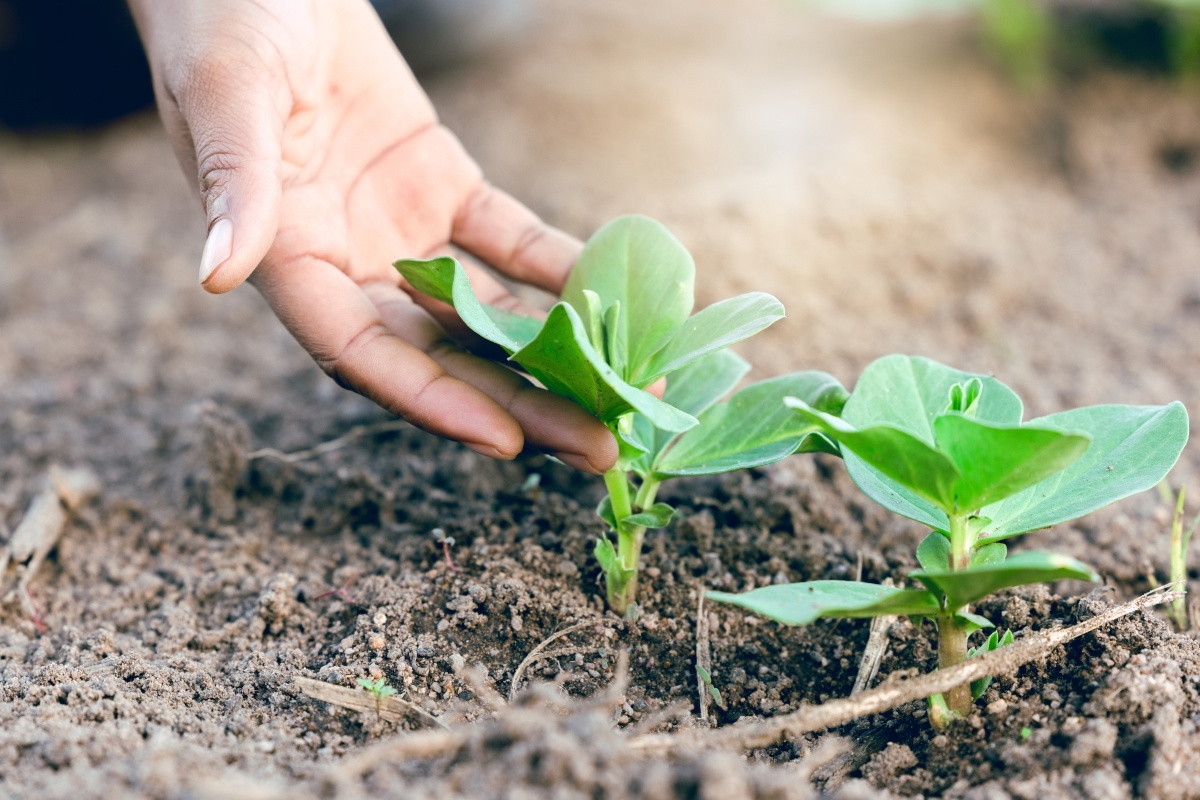Creating a Senior-Friendly Garden: Tips for Low-Maintenance Landscaping

Gardening is a fulfilling activity that many seniors enjoy, offering relaxation, a sense of accomplishment, and a connection to nature. However, as we get older, maintaining a garden can become physically demanding. With the right planning, creating a beautiful, low-maintenance garden that seniors can enjoy without the strain is possible. This guide will explore tips and techniques for designing a senior-friendly garden that requires less work but brings joy and satisfaction.
1. Choosing the Right Plants for Low-Maintenance Gardening

A. Opt for Perennials Over Annuals
One of the easiest ways to reduce gardening maintenance is to plant perennials instead of annuals. Perennials return year after year, eliminating the need for replanting every season. They’re more resilient and require less care once established. Popular perennials like lavender, coneflowers, and hostas are beautiful, hardy, and easy to grow.
B. Focus on Native Plants
Native plants are well-adapted to the local climate and soil conditions, making them easier to grow and maintain. These plants require less water, fertilizer, and pest control, which makes gardening less labor-intensive. By choosing native plants, seniors can enjoy a lush garden with minimal upkeep while supporting local wildlife, such as pollinators and birds.
C. Choose Drought-Tolerant Species
For seniors who want to reduce the need for frequent watering, drought-tolerant plants are an excellent choice. These species are designed to thrive in dry conditions and require little to no watering once established. Succulents, ornamental grasses, and certain herbs like thyme and rosemary are all great options for a water-wise garden that’s easy to care for.
2. Implementing Smart Garden Design

A. Raised Beds for Easy Access
Raised garden beds are a wonderful solution for seniors with difficulty bending or kneeling. Raising the garden’s height makes it easier to tend to plants without straining your back or knees. Raised beds can be customized to the perfect height, allowing for comfortable gardening from a standing or seated position. They also offer better soil drainage and control, making them ideal for various types of plants.
B. Wide Paths for Mobility
When designing a senior-friendly garden, including wide, stable pathways is important. Wide paths allow for easier movement, whether walking or using a mobility aid such as a walker or wheelchair. Opt for brick, concrete, or gravel with firm, slip-resistant surfaces. This ensures that seniors can move safely and comfortably through the garden.
C. Use Ground Covers to Reduce Weeding
Weeding can be one of the most time-consuming aspects of gardening. By incorporating ground covers like creeping thyme, clover, or vinca, you can help suppress weed growth while adding texture and beauty to your garden. Ground covers spread out to cover bare soil, reducing the need for weeding and maintenance.
D. Install Drip Irrigation or Soaker Hoses
Watering can be physically demanding, especially during hot summer months. Drip irrigation systems or soaker hoses can save time and effort by delivering water directly to the roots of plants. These systems are easy to install and automate watering, ensuring that your garden gets the hydration it needs without the need to carry heavy watering cans or hoses.
3. Selecting the Right Tools for Senior Gardeners

A. Ergonomic Gardening Tools
Investing in ergonomic gardening tools can make a big difference in comfort and ease of use. Look for tools with padded handles, extended lengths, and lightweight designs. These features reduce strain on the hands, wrists, and arms, making it easier for seniors to perform common gardening tasks like digging, pruning, and weeding.
B. Long-Handled Tools for Easier Reach
Long-handled tools are perfect for seniors who want to avoid bending or kneeling. Tools like long-handled trowels, hoes, and pruners allow for easy access to garden beds while standing or sitting. These tools extend your reach, reducing the need for uncomfortable postures and making gardening more enjoyable.
C. Garden Kneelers with Handles
A garden kneeler with handles provides extra support and comfort for seniors who still prefer to kneel while gardening. The padded surface protects knees from hard ground, while the side handles make it easier to lower yourself and stand back up. Many kneelers also double as seats, providing a comfortable resting spot between tasks.
4. Reducing Garden Maintenance Through Smart Practices

A. Mulching to Retain Moisture and Suppress Weeds
Mulching is a great way to reduce garden maintenance. A layer of mulch helps retain soil moisture, reducing the need for frequent watering, and suppresses weeds, cutting down on the time spent pulling them. Organic mulches like wood chips, straw, or shredded leaves break down over time, enriching the soil and promoting healthy plant growth.
B. Prune Strategically for Less Work
Pruning is essential for keeping plants healthy, but over-pruning can lead to more frequent maintenance. Instead, prune strategically by focusing on removing dead, damaged, or diseased branches. This encourages healthy growth while reducing the overall need for constant pruning. Additionally, choosing slow-growing shrubs and trees can minimize the amount of pruning required.
C. Use Containers for Flexibility
Container gardening is a great option for seniors who want to minimize bending, digging, and weeding. Containers can be placed conveniently on patios, decks, or raised platforms, making them accessible from a standing or seated position. They also offer flexibility, allowing gardeners to move plants to different locations for optimal sunlight or to protect them from harsh weather.
5. Creating a Relaxing Space to Enjoy the Garden
A. Comfortable Seating Areas
A senior-friendly garden should include areas where you can sit and enjoy the beauty of your surroundings. Comfortable seating options like garden benches, chairs, or swings allow seniors to take breaks, relax, and soak in the peaceful atmosphere. Place seating in shaded areas to protect against the sun and create a cozy retreat.
B. Incorporating Sensory Elements
Gardens are not just visual experiences; they can engage all the senses. Consider adding sensory elements to your garden that appeal to touch, smell, and sound. Plants with fragrant flowers, like lavender or jasmine, or those with interesting textures, like lamb’s ear or ornamental grasses, enhance the sensory experience. Wind chimes or a small fountain can also provide soothing sounds that enhance relaxation.
C. Wildlife-Friendly Features
A garden that attracts birds, butterflies, and other wildlife can provide endless enjoyment for seniors. Bird feeders, birdbaths, and nectar-rich flowers will bring a variety of birds and pollinators to your garden. Watching wildlife in your garden adds an element of surprise and delight, creating an ever-changing environment to enjoy.
6. Gardening with Friends: Social Benefits of a Senior-Friendly Garden
A. Host Gardening Clubs or Meet-Ups
Gardening can be a social activity, and creating a space that’s easy to navigate and maintain allows seniors to host gardening clubs or meet-ups with friends. Sharing tips, plants, and time in the garden can be a fulfilling way to connect with others and make the gardening experience more enjoyable.
B. Garden with Family Members
A senior-friendly garden is also an inviting space for family members of all ages to enjoy. Gardening with children or grandchildren offers an opportunity to bond, share knowledge, and create memories. By making the garden accessible, seniors can enjoy gardening with loved ones for years.
Conclusion

Creating a senior-friendly garden doesn’t mean sacrificing beauty or enjoyment. With the right plants, tools, and design elements, you can have a stunning, low-maintenance landscape that brings joy, relaxation, and a sense of accomplishment. Whether planting perennials, installing raised beds, or setting up a comfortable seating area, a senior-friendly garden allows you to stay connected to nature while reducing the physical demands of gardening. Take the time to plan a garden that suits your needs, and you’ll have a space to enjoy for years to come.





